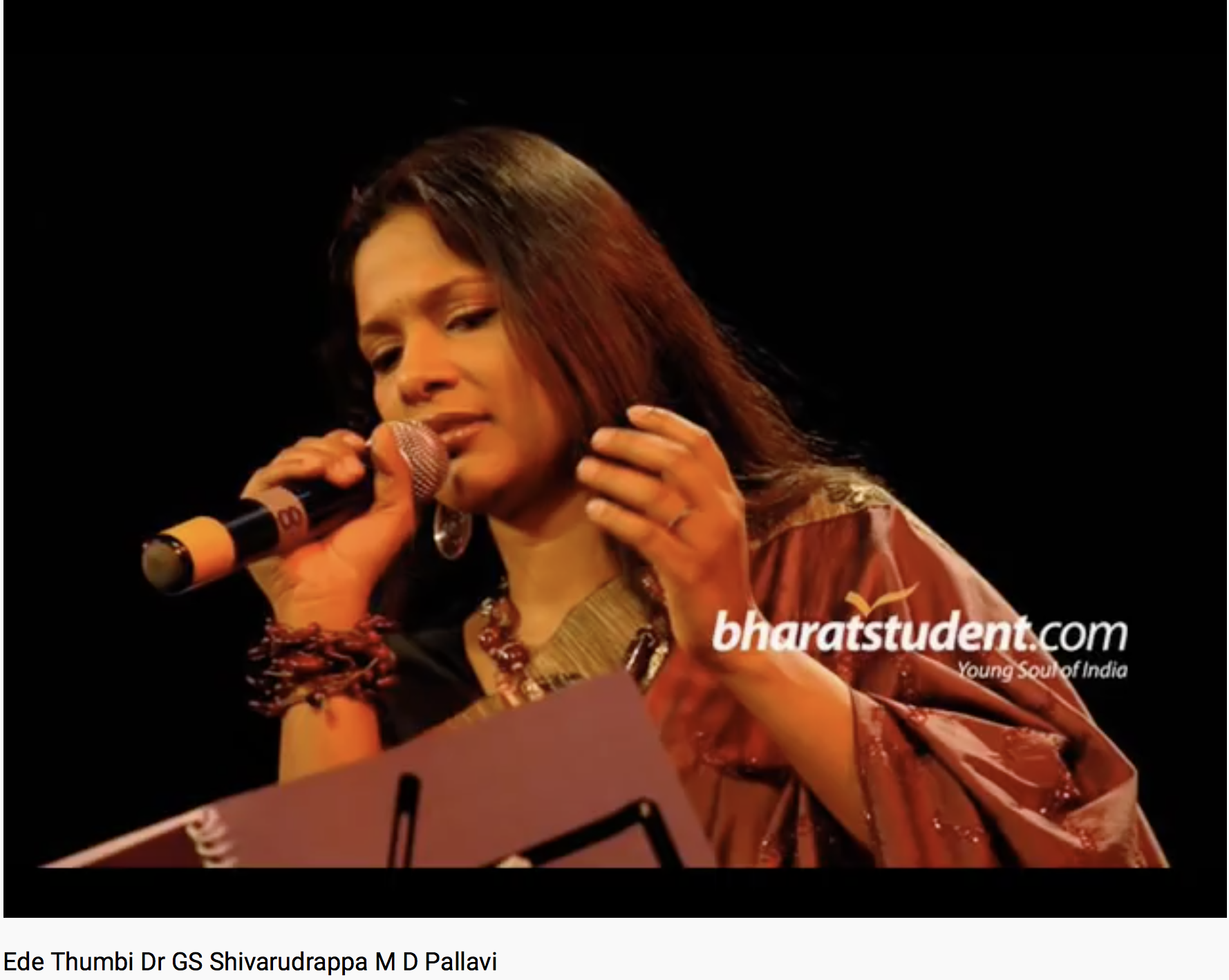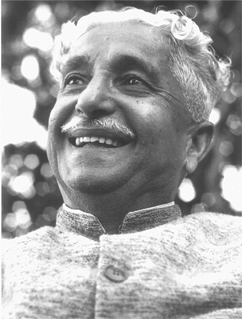

Sharif's compositions were later recorded in eight cassettes, and set a record in the sale of Kannada cassettes. These poems had been in circulation in north Karnataka, but they suddenly became popular all over the State after Ashwath made new tunes for them. The mystic poet Shishunala Sharif's songs Taravalla tagi ninna tamboori and Alabeda tangi alabeda were first sung on this programme. And composers like Mysore Ananthaswamy became household names. That movement unveiled musicians like C Ashwath and Rathnamala Prakash, who are celebrities today. Sangeeta, the singing of non-film Kannada songs, assumed such momentum that Bangalore studios were busy for a whole decade, recording one bhavageete album or the other. Hundreds of Kannada poems sprang to musical life on audio cassettes, and a genre found its voice. That half-hour slot on Vividh Bharati sparked off great enthusiasm for the Kannada bhavageete, taking even its sponsors by surprise. Thursdays became special for Kannada music lovers. In 1980, long before it became fashionable for corporate houses to take an interest in culture, Mysore Sales International Limited (MSIL) created and presented a high quality programme of Kannada songs called MSIL Geethegalu. Now, as you lament the fading away of such a glorious tradition that once throbbed with vitality, M.D. Scan the pages of BhavaGeethe history and you will see that every great singer who came by gave it a rich, distinct personality.The organic texture of the Kannada lyric at once had a strain of khyal music, carnatic classical, the ghazal, the folk song, apart from the singer's own persona. If every Kannadiga worth his salt hums “Hachchevu Kannadada Deepa” or “Ede Tumbi Haadidenu” it's not only a celebration of the immortal lyric, but also of timeless tunes that dropped it on every lip Coming together.

Thus lyric and melody got intertwined into a lasting relationship, like bee and honey. If the song came riding the bee's back, then who but the poet can fathom the many fragrances it embodies! A form that is unique to Kannada and marathi languages –the bhavageethe or sugama sangeeta – came with the intention taking to every home verses writtenīy major poets of the land. “B hrungada Benneri Bantu Bhavageeta”, exclaimed the mystic bard Bendre, tracing the malodorous flight of the Kannada lyric. Of late, electronic keyboards and synthesizers have crept in as the lead instruments making traditional classical instruments less prominent. A group of musicians composed of one or more singers with percussion support and one or two lead instruments (Mandolin, sitar, flute etc.) supported by guitar and bass guitar performs these songs. Metrical Poetry written in kannada is set to tune by composers. Whilst the verve of the Kannada lyrics enriched the Karnataka bhavageete.īhavageethe also known as Sugama Sangeeth, is the semi-classical form of Music, influenced by both the systems of Music Folk as well as classical. Love, love for nature, Indian philosophy above all the philosophy of life are all united with the strings of "Bhavageete" which is even lot more than being just a particular form of " Expressionist poetry" This genre of music became popular as a form of expressionist lyrics especially in Karnataka. Thirty years since that half-hour programme debuted on AIR, bhavageete continues to be a force in Karnataka, with many performers, regular concerts and the odd album release.īhavegeete is an emblematic form of "emotion poetry" where expressing the deep desire of meeting the ultimate, Experiencing the "Omnipresence of the Omnipotent" is articulated amidst light music and perfect verbiage.

Kuvempu, DR Bendre, Gopalkrishna Adiga and lesser known poets like KS Nissar Ahmed were reintroduced to an entire generation by bhavageete performers like Mysore Ananthaswamy, C Aswath, Shimoga Subbanna and Ratnamala Prakash. A resurgence of enthusiasm for the genre in Karnataka in the ’80s led to a renewed interest in modern Kannada poetry as well. Bhavageete combines expressionist poetry and light or semi-classical music, and relies heavily on both words and musical score. Musty recording studios in Bangalore, Mysore and Dharwad started putting out compilations of Kannada bhavageete on tape, and these cassettes competed with mainstream Kannada film audio releases. In the decade that followed, bhavageete, literally meaning “songs with emotion”, went through an incredible revival. Each day, for half an hour, people all over the state began to listen to a programme on Vividh Bharati Seva that played non-filmy Kannada songs or bhavageete. In 1980, medium wave radio sets across Karnataka began to tune into something new.


 0 kommentar(er)
0 kommentar(er)
